PAU BRASIL (REDWOOD)
Caesalpinia echinata
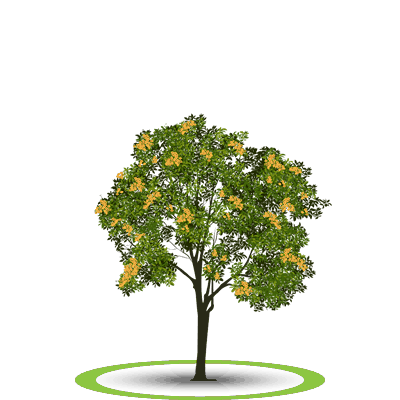
- Height
- 8 to 12 meters
- Growth
- Moderate: 1.0 meter per year
- Flowering
- The aromatic and gorgeous Pau-Brasil (Redwood) flowers are arranged in bunches, with four yellow petals and one with a red spot.
DEVELOPMENT STAGES
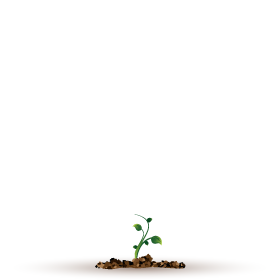
SEEDLINGS
Post-germination
8 to 15 days
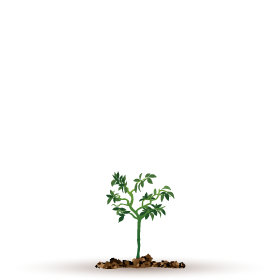
BABY PLANT
Pre-planting
4 to 6 months
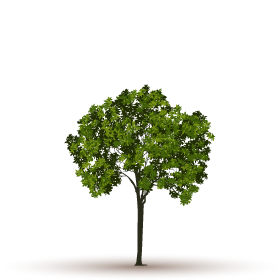
BUSH
Juvenile
5 years
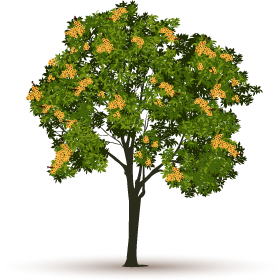
TREE
Adult
5 to 7 years
CULTURE AND SYMBOLISM
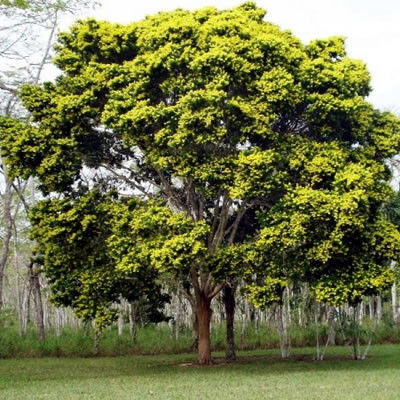
The Pau-Brasil (Redwood) is the symbol tree of Brazil. Its name in Tupi, ibirapitanga (red wood), and in Portuguese, Pau-Brasil, derives from the color of the red resin contained in its wood. The word “brasil”, derives from “brasa”(ember), in reference to the red color of the tree’s trunk associated with fire.
The extraction of the Pau-Brasil (Redwood) was the first economic activity undertaken by the Portuguese colonizers in Brazil, characterizing an economic period in our history that encouraged the adoption of the name “Brazil”. From the wood, the Pau-Brasil is obtained a reddish dye that for many years was widely used by Europeans in the pigmentation of luxury fabrics. It is estimated that between 1530 and 1630, about 2 million trees were felled, and the species is currently on the IBAMA list as endangered.
Today, Pau-Brasil (Redwood) wood is very coveted for the manufacture of bows for violins and cellos. The good flexibility of the wood contributes to the sound of the instruments and, for this reason, it has become the object of desire of orchestras all over the world. A piece of these instruments can reach very high values in the world market.
SEASONAL BEHAVIOUR
Pau-Brasil (Redwood) never totally loses its leaves. It blooms in spring and in the other seasons of the year it has a dense canopy with shiny green leaves.
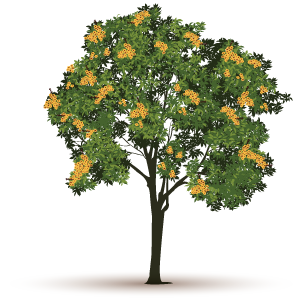
SPRING
September to December
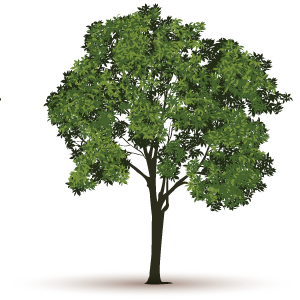
SUMMER
December to March
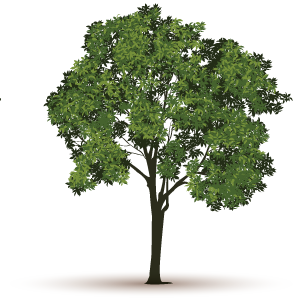
AUTUMN
March to June
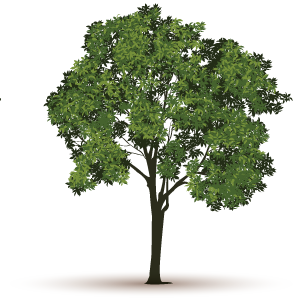
WINTER
June to September
CARE AND HANDLING
The growth and development of plants result from the interaction between genetic and environmental factors. BioParque values the use of certified seeds, prioritizing the quality of the plants. In addition, sustainable management practices are adopted in order to provide optimal conditions for the development of trees, also respecting the environment.
WATER AND NUTRIENTS
- Irrigation: The amount of water required by trees varies according to their species and environmental conditions. BioParque has developed an irrigation program to meet the different needs of tree species.
Pau-Brasil (Redwood) is a plant that is not very demanding in relation to water. Watering will be frequent in the first year of life. In field conditions, establishment phase or juvenile period of the tree, complementary irrigations will be done whenever is necessary. In the adult phase, only salvage irrigation will be done in case of long droughts. - Fertilization: Fertilizations will be carried out according to the nutritional requirements of each species throughout their life cycle, according to the results of periodic technical evaluations.
PLANT HEALTH CONTROL
- Alternative technologies: specific ecological actions will be used, whenever necessary, to prevent and fight pathological agents.
PRUNING
When necessary, for safety reasons, to improve the structure or health of the tree, pruning will be performed.





